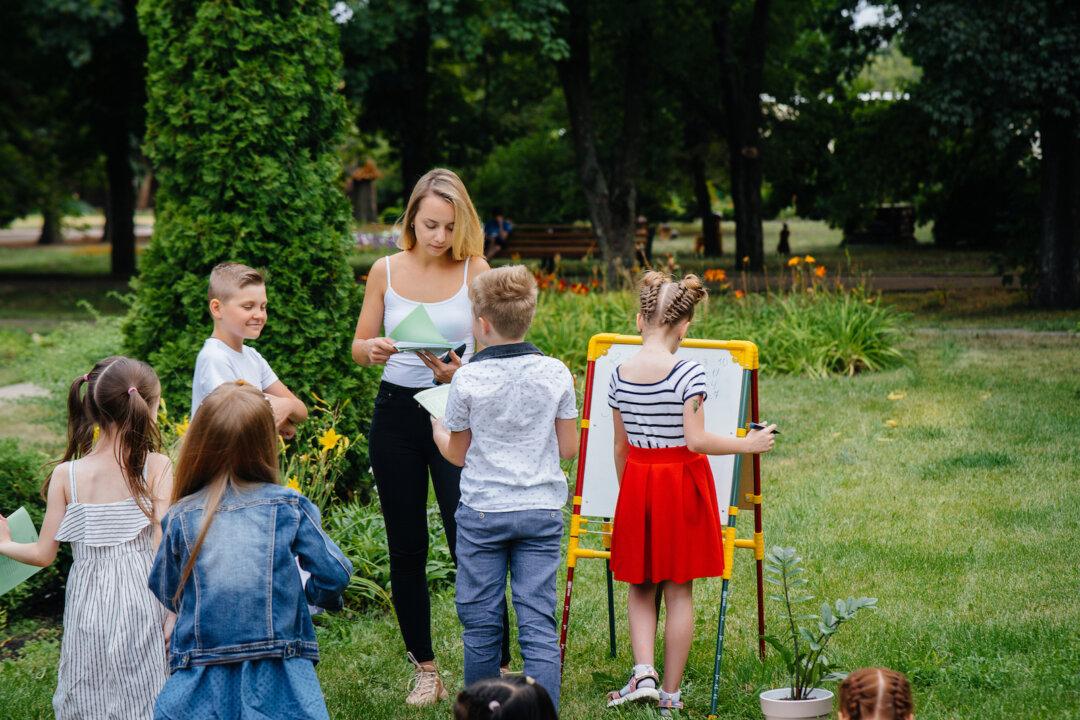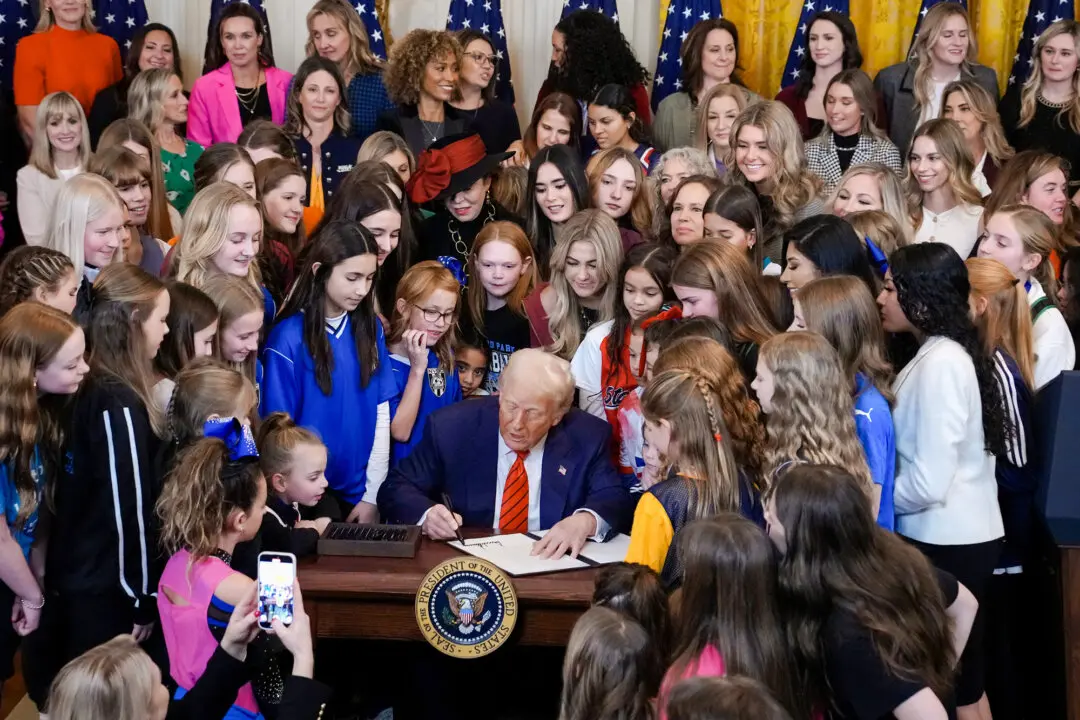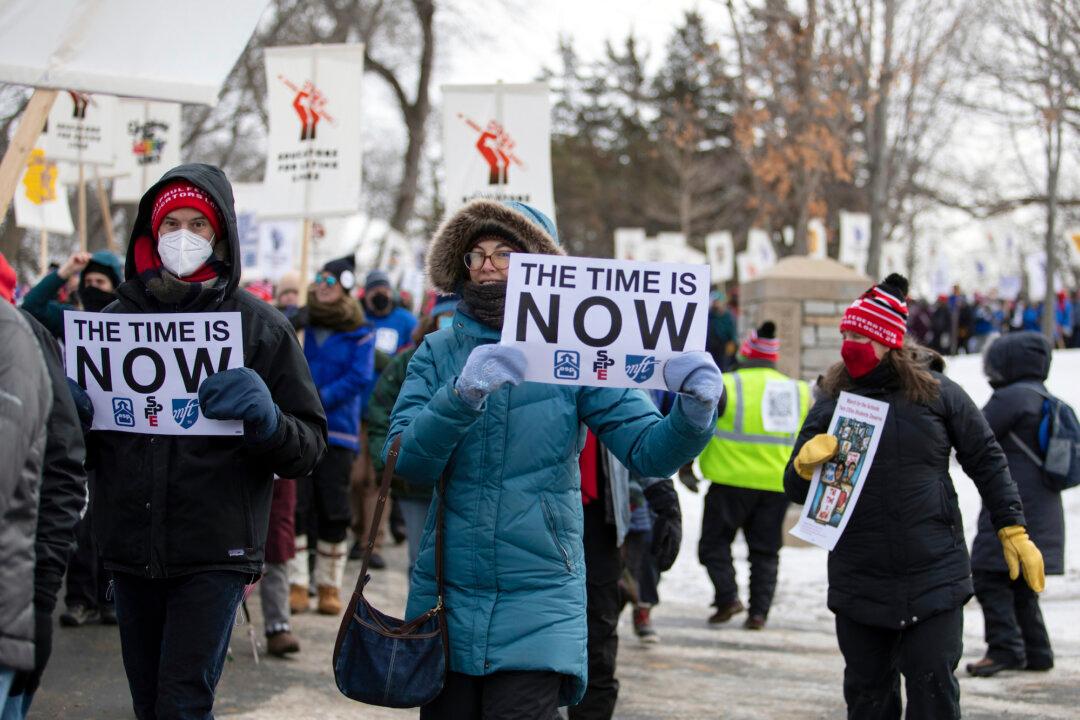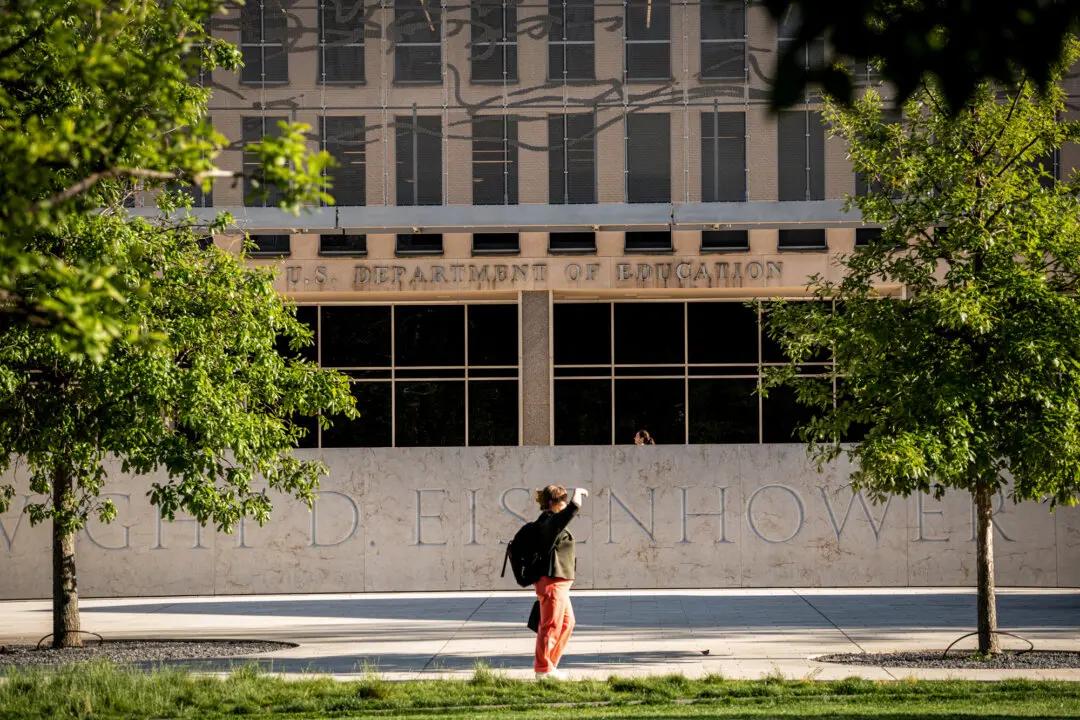One-room schoolhouses are making a comeback.
Microschools—classroom settings for small groups of students across multiple grade levels—exist in standalone buildings or in borrowed or rented spaces. Organized by teachers and parents, they operate as private or public charter schools, depending on state regulations.





